

Textdrip is a Automated Text Messaging Software for your Business to Automate your Hustle. Convert your Leads into Customers with Automated Drip Campaign. It’s like having a team of assistants working for you 24/7.
Remote teams, have you ever hosted happy hours on Zoom only to find it really awkward and boring? We totally hear you. Thursday is fun and refreshing - from fast-paced 1-on-1 chats on space colonization to charades to doodle race. Build strong connected teams!
What gets in your way of software development? Changing requirements‼️? Unpredictable defects ❌? Disorganized teams🤯? 🆘 Look no further👀, ONES is here to help! ONES provides an all-in-one solution for software development teams to plan and track🗓, manage tests🧪 and collaborate👭.
Meet One Word Domains 2.0 – rebuilt from scratch, with a meticulously curated list of 1,261,654 available and brandable one-word domain names for your next startup idea.
Create your ideal signature with our AI-Powered FREE Handwritten Signature Generator. Our innovative tool blends artificial intelligence and your artistic input to capture your unique identity accurately.
ContentGroove uses AI to automatically scan longer videos and generate short, shareable clips based on topic. Quickly generate and edit clips into shareable content for social media, email, and more. Check us out on the web, in the Apple App Store, on Google Play.
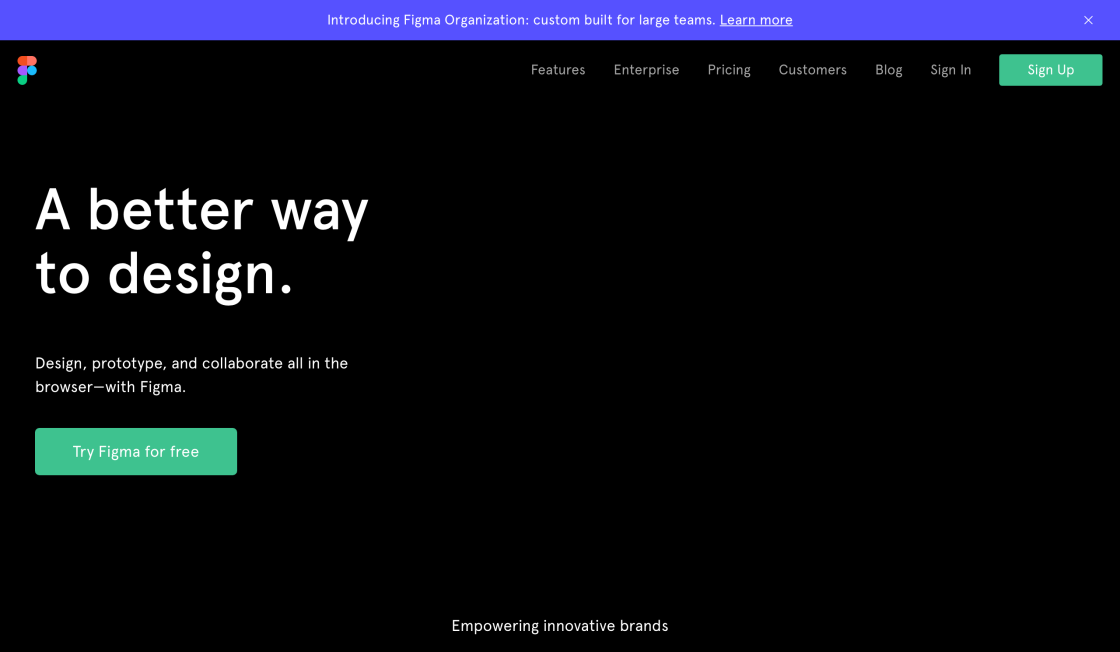
ChatGPT SVG Icon To Figma
AI Powered Design

500+ Openers For Tinder Written By GPT-3
500+ Original Conversation Starters

GPT-3 Alzheimer
Predicting dementia from spontaneous speech using large language models | PLOS Digital Health
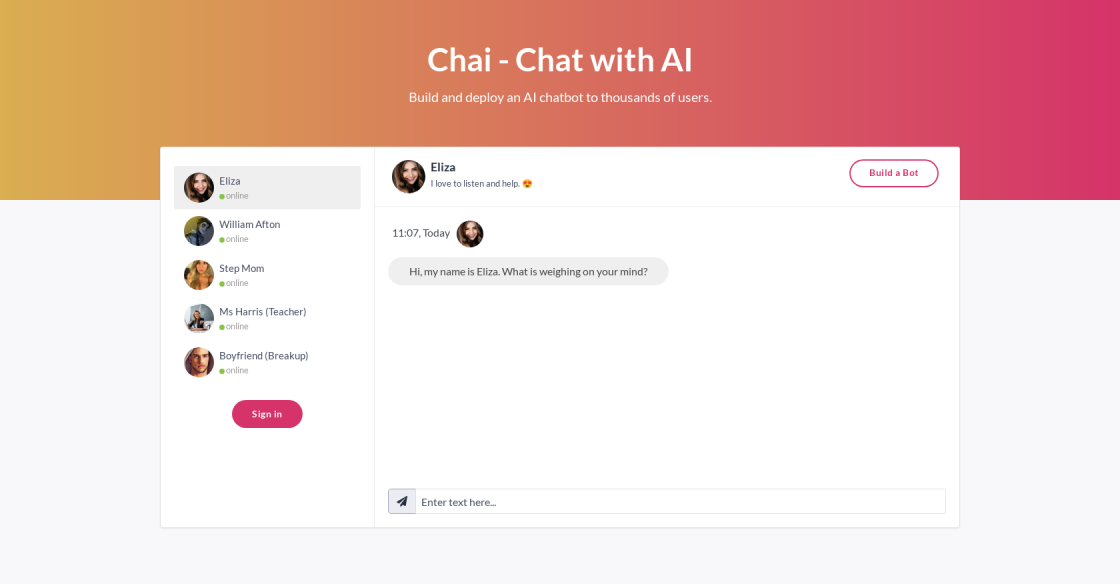
Chai
AI Writing Assistant
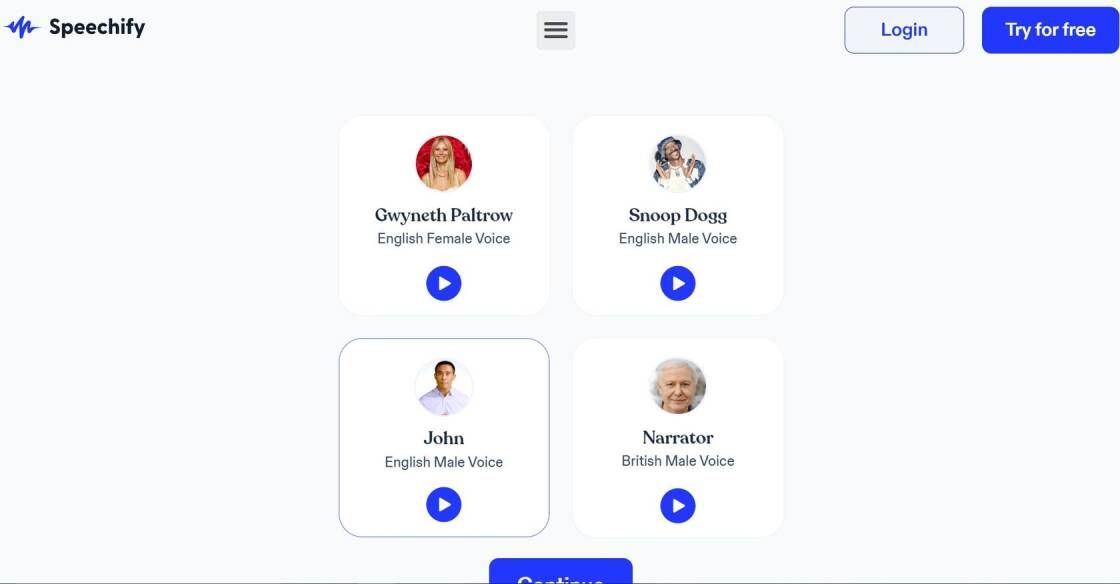
Speechify
Best Free Text To Speech Voice Reader | Speechify
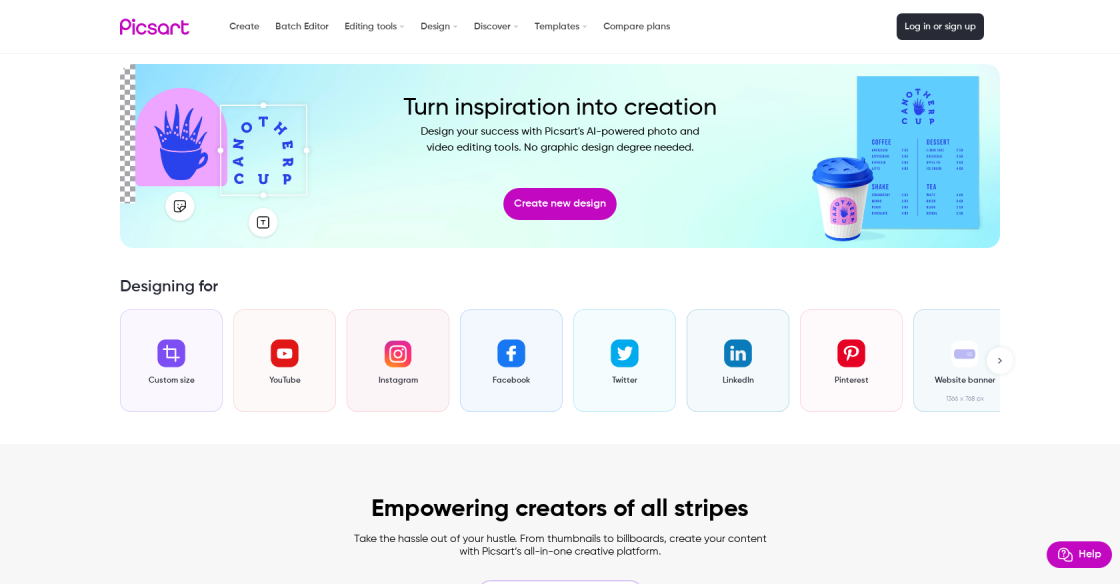
Picsart
AI Writer - Create premium copy for free | Quicktools by Picsart
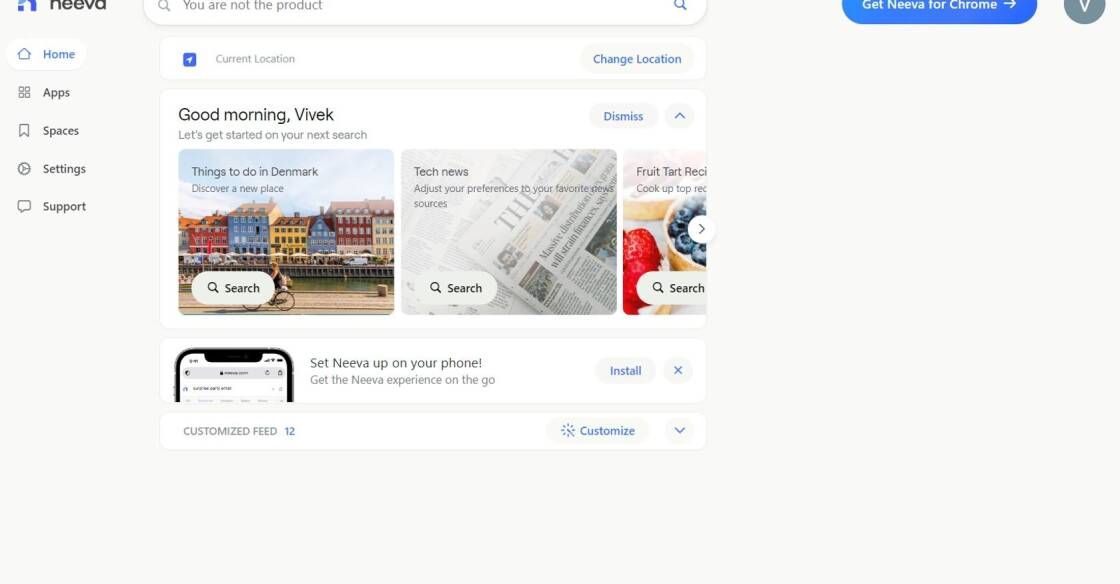
NeevaAI
The Future of Search
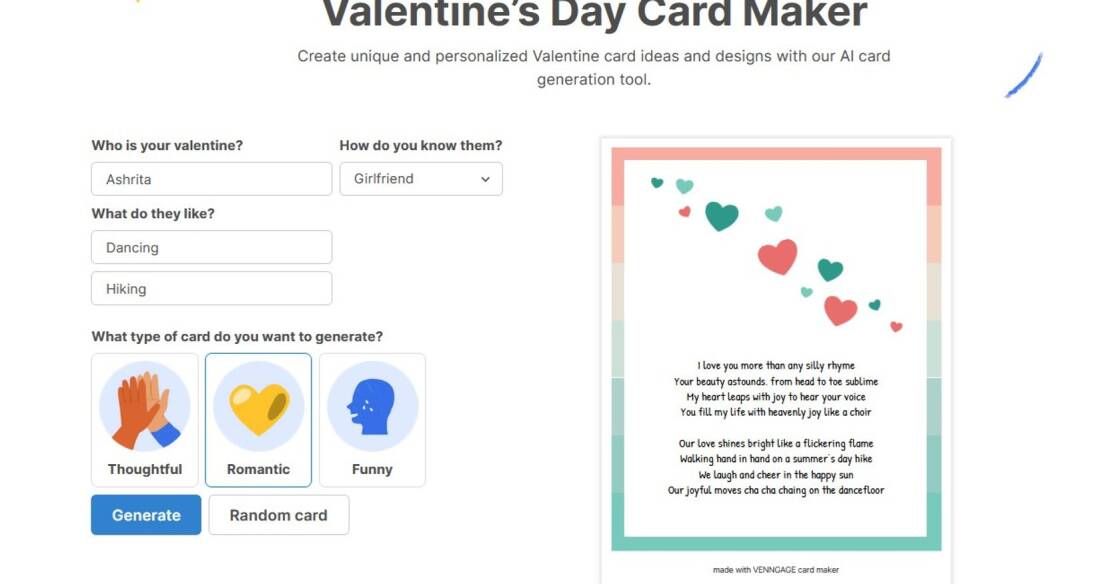
Venngage
Valentine’s Day Card Maker
Lexi is a natural language processing (NLP) tool that has brought revolutionary changes in the field of text analysis and understanding. It has made the task of analyzing large volumes of texts easier and faster, with high accuracy and precision. The tool specifically focuses on named entity recognition (NER) inference, which is a critical component of NLP. NER involves identifying and categorizing specific entities within a text such as people, places, organizations, and other types of information.
With the use of Lexi, NER can be performed on thousands of documents in a short period, making it an excellent tool for text mining. The tool extracts relevant information such as names, dates, and locations, which are essential for various applications such as sentiment analysis, topic modeling, and machine learning.
NLP, on the other hand, is a subfield of Artificial Intelligence that deals with the interaction between computers and human language. It involves the analysis, understanding, and generation of human language using computational techniques. NLP technology has significantly evolved over the years, thanks to advancements in machine learning and deep learning algorithms. With the increasing demand for automation, NLP has become essential in various industries such as healthcare, finance, and e-commerce.
In conclusion, Lexi is a powerful NLP-powered tool that provides fast, accurate, and precise named-entity recognition and clustering on thousands of documents. Its advanced features make it an indispensable tool for text mining and data analysis.
Lexi is a powerful natural language processing (NLP) tool that performs named entity recognition (NER) inference and clustering on thousands of documents quickly.
NLP stands for natural language processing.
NLP involves the analysis, understanding, and generation of human language using computational techniques.
Named entity recognition (NER) is a subtask of information extraction that seeks to locate and classify named entities mentioned in unstructured text into predefined categories.
Lexi performs named entity recognition (NER) inference and clustering on thousands of documents quickly.
Lexi is described as a "powerful" NLP tool because it is capable of processing large amounts of data quickly.
NLP can help businesses analyze large amounts of customer feedback, social media comments, and product reviews to identify trends and patterns that can improve their products or services.
Yes, Lexi can be integrated with other software applications through its API.
No, Lexi is designed to be intuitive and user-friendly, so no specialized training is required to use it.
Any industry that deals with large amounts of text data, such as healthcare, finance, and marketing, can benefit from using Lexi.
| Competitors | Description | Main Features | Differences |
|---|---|---|---|
| SpaCy | A free, open-source NLP library for Python | Tokenization, POS tagging, semantic parsing, named entity recognition, and more | SpaCy has a larger community and ecosystem of extensions compared to Lexi. |
| Stanford NLP | A suite of NLP tools developed by the Natural Language Processing Group at Stanford University | Tokenization, POS tagging, dependency parsing, named entity recognition, sentiment analysis, and more | Stanford NLP has been in development for much longer than Lexi and is well-established in the research community. |
| Google Cloud NLP | A cloud-based NLP service provided by Google | Sentiment analysis, entity recognition, syntax analysis, and content classification | Google Cloud NLP has more advanced features and integration with other Google services compared to Lexi. |
| IBM Watson NLP | A suite of cloud-based NLP tools offered by IBM | Entity recognition, sentiment analysis, text classification, and more | IBM Watson NLP has a wider range of features and integration options than Lexi, but may be more complex to use. |
Lexi is a natural language processing (NLP) tool that is known for its powerful capabilities. One of the primary functions of Lexi is to perform named entity recognition (NER) inference and clustering on thousands of documents at a faster pace. NLP, which is considered a subfield of artificial intelligence, involves the analysis, comprehension, and creation of human language using computational techniques. It is a complex subject that requires expertise and knowledge of various programming languages and tools. With Lexi, analyzing and understanding large volumes of data has become easier, making it a valuable tool for businesses dealing with text and document-based information.
TOP